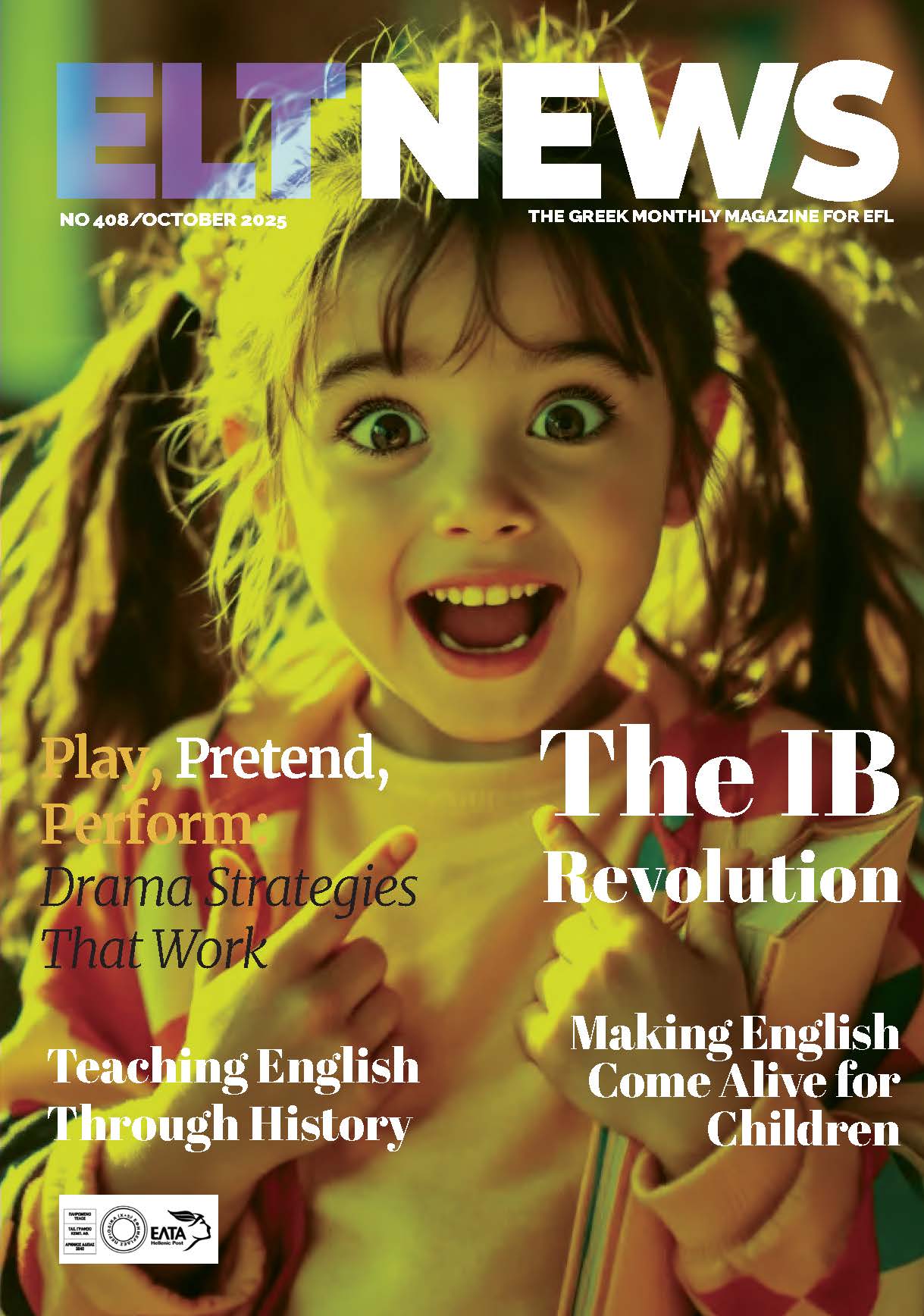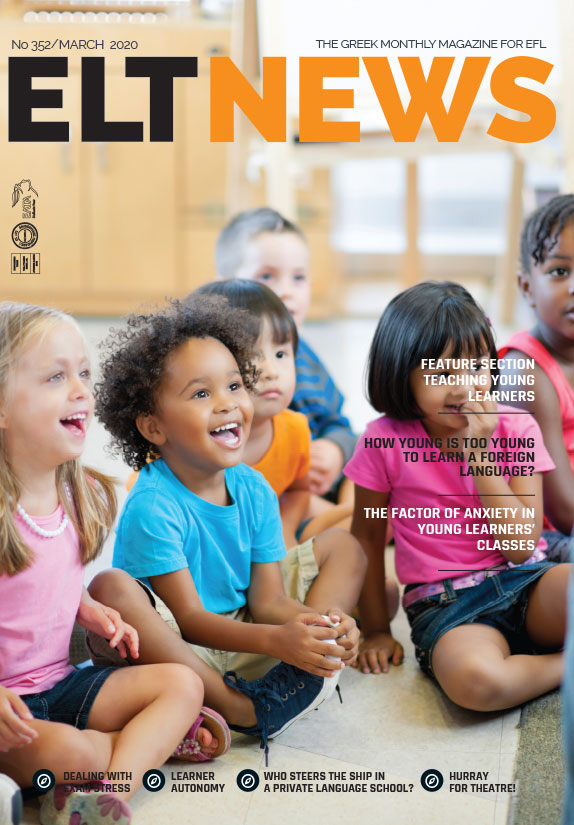Continuing the Conversation on Teaching English to Young Learners
When we announced that September’s issue of ELT NEWS is devoted to Teaching English to Young Learners (TEYL), we were delighted by the incredible response from readers and contributors. It quickly became clear that this topic resonates deeply with teachers. Educators know that the early years of language learning are both critical and full of possibility. The sheer number of article submissions we received spoke for itself. We simply could not fit them all into one issue. That is why we are back with a second edition dedicated entirely to TEYL.
It is easy to see why TEYL excites so many of us. Early language experiences shape not only how children learn but also how they feel about learning for years to come. This issue continues to explore what makes working with young learners such a unique and rewarding challenge. Our contributors share practical ideas on play-based learning, storytelling, and classroom management strategies tailored to children’s developmental needs. They also examine the role of technology in young learners’ classrooms and how we can balance screen time with movement, creativity, and real-world interaction.
One theme that emerges again and again is the power of emotional connection. Children learn best when they feel safe, encouraged, and inspired. Language teaching is not only about vocabulary lists or grammar drills. It is about sparking curiosity, building confidence, and helping children enjoy communication. Teachers of young learners therefore carry a special responsibility: to nurture both language growth and social-emotional development.
We are also thrilled to present perspectives from across the country. Whether teaching in busy city classrooms or in small rural schools, our contributors demonstrate that while contexts may differ, the goal is the same: to give children the best possible start in English. Their stories remind us that there is no single “right way” to teach young learners. Good teaching is always about adapting to the needs of the children in front of us.
And for those waiting for our coverage on Teaching English to Teens, do not worry. Your turn is coming soon. Our November issue will focus entirely on the unique joys and challenges of working with teenagers. For now, we invite you to explore this edition and enjoy the wealth of ideas and inspiration our writers have shared on TEYL.
As you read, consider what you might try in your own classroom. Could you introduce a new game, story, or feedback strategy? How might you make your lessons more inclusive and engaging for every child? And how can you share your own experiences so that others may benefit from them?
Looking ahead, we see exciting developments shaping TEYL. New research on how young brains acquire languages, AI-powered tools for personalized practice, and growing collaboration among teachers worldwide are opening fresh opportunities. We hope this issue inspires you to explore these innovations with curiosity and creativity. Together we can give every child the chance to begin their language-learning journey with confidence, joy, and a love of discovery.
Thank you to our contributors for making this issue possible, and to our readers for your passion and dedication. Together we are shaping the future of English language teaching, one young learner at a time.


